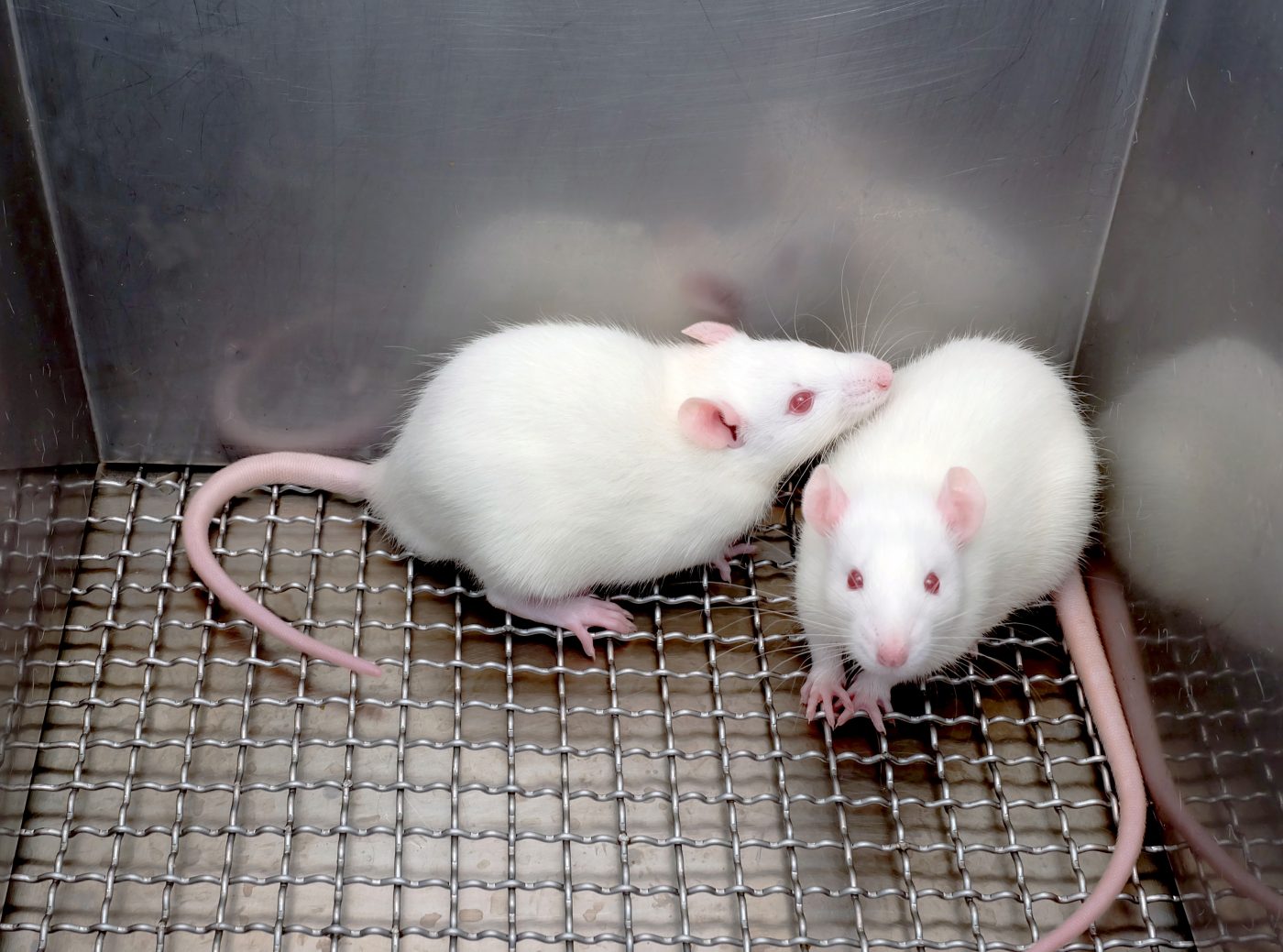Single CDNF Protein Injection Shown to Protect Nerve Cells, Improve Motor Skills in Rats

A single injection of the protein CDNF — cerebral dopamine neurotrophic factor — into the brains of rats with induced Huntington’s disease protected affected nerve cells from degeneration and improved motor performance, a study reported.
These findings support further development of CDNF as a treatment option for people with this progressive disorder.
The study, “Cerebral dopamine neurotrophic factor (CDNF) protects against quinolinic acid-induced toxicity in in vitro and in vivo models of Huntington’s disease,” was published in the journal Nature Scientific Reports.
A protein naturally occurring in the blood and cerebrospinal fluid, the liquid surrounding the brain and spinal cord, CDNF also is found in the striatum and the cortex — areas of the brain affected by Huntington’s.
CDNF has properties of neurotrophic factors, which are secreted proteins that promote the growth and survival of both developing and mature nerve cells (neurons), as well as counteract neuronal degeneration. It also blocks the production and release of pro-inflammatory immune signaling proteins.
Preclinical studies showed that CDNF supported the recovery and survival of neurons in rodent and primate models of Parkinson’s disease. The investigational therapy also was evaluated in a Phase 1/2 clinical trial (NCT03295786) in people with Parkinson’s, with data revealing that the use of the protein was safe and well-tolerated.
Given the similarities in the underlying mechanisms of many neurodegenerative disorders, scientists believed testing CDNF as a potential Huntington’s treatment was warranted.
Now, researchers at the University of Helsinki, in Finland, analyzed the impact of injecting the protein directly into the striatum of a rat model for Huntington’s disease.
To mimic Huntington’s, the rats were exposed to quinolinic acid. This acid induces damaging lesions in the striatum, mainly in nerve cells called medium spiny neurons (MSNs), which are characteristic of Huntington’s.
The rats were first injected with quinolinic acid into the striatum or a vehicle as a control, and two weeks later, they received a single injection of CDNF or a vehicle.
Motor performance assessments using a rotarod test, given once a week, showed a significant treatment effect compared with controls beginning immediately after the injections. A rotarod test is a performance measure in which rats are placed on a rotating rod with forced motor activity being applied; it assesses the animals’ motor coordination, balance, and grip strength. Here, the treated rats took longer to fall from the rod than the control animals.
There was a significant improvement in CDNF-treated rats in the left paw’s muscle strength, which is on the same side of the body as the induced brain lesions. Meanwhile, the muscle strength of the right paw showed no effect as compared with controls. There was no significant difference in body weight among the groups, nor in the animals’ balance beam performance.
Motor activity was further evaluated by a treadmill test, which showed that CDNF-treated animals had less variability in stride length of the back limbs on both sides of the body two weeks after treatment. The treated animals also were found to have more even steps than controls.
A lack of voluntary muscle control (ataxia), which is characteristic of Huntington’s, was significantly decreased in the right front limb in the CDNF-group compared with controls.
“Together these data demonstrate that CDNF significantly improved the motor behavior performance of QA-lesioned rats,” the researchers wrote.
An investigation of brain tissue found that while quinolinic acid induced a significant reduction in the number of neurons in the striatum, CDNF treatment restored these cells. At five weeks post-treatment, CDNF also led to a significant increase in the number of growing neurons in the striatum.
The level of a marker for the health of medium spiny neurons in the striatum was reduced in quinolinic acid-treated rats but significantly increased by CDNF treatment compared with controls.
“This demonstrates that CDNF has a beneficial effect on the viability of MSNs [medium spiny neurons] that are particularly affected in [Huntington’s disease],” the researchers wrote.
Finally, cell-based tests conducted to determine whether the protein directly targeted striatal neurons indicated that quinolinic acid reduced the viability of striatal neurons by about one-third. In contrast, CDNF treatment significantly and nearly completely counteracted the loss of cell viability.
CDNF also enhanced the production of an intracellular stress sensor called IRE1-alpha, which is reduced upon quinolinic acid exposure, as well as a neuroprotective protein known as XBP1.
The researchers suggested that “the beneficial effects of CDNF in the [quinolinic acid] model may be associated with an increase in [IRE1-alpha and XBP1] signalling by mechanisms to be explored.”
“We report here beneficial effects of a single intrastriatal injection of CDNF on neuronal viability and behaviour parameters in a QA neurotoxin model of [Huntington’s disease],” the researchers concluded. “The present results indicate a potential beneficial role of CDNF in [Huntington’s disease] and can be considered as a promising factor for designing better treatment against the disease in the future.”







